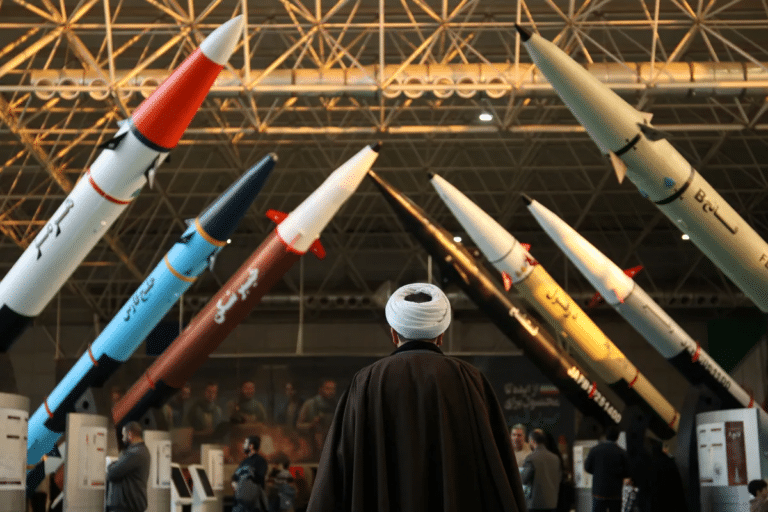Experts: What do Trump’s tariffs mean for global climate action?
The Trump administration has imposed tariffs on all imports from China, Mexico and Canada, as well as on steel, aluminium and cars from around the world
Current Access Level “I” – ID Only: CUID holders, alumni, and approved guests only
Insights from the Center on Global Energy Policy
Following Russia’s invasion of Ukraine on February 24, 2022, China has become more important to Russia as an energy partner. As Russia’s traditional customers have shunned Russian energy and Western oil companies have exited the country, Russia has looked to China to help fill the gap. In this Q&A, the authors assess the state of the bilateral energy relationship one year after the start of the war.
In 2022, China imported increased volumes of Russian energy (Figure 1):
There was no substantial increase in Russia’s dependence on China’s buyers in 2022 largely because during the first half of the year, both Russian sellers and Western buyers were trying to maximize Russian volumes before the announced Western embargoes took effect (August 10, 2022 for coal and December 5, 2022 for crude oil). Looking ahead, this could mean that Russia may rely more heavily on demand from China in the coming months.
China spent $81.3 billion on imports of Russian oil, coal, LNG, and pipeline gas in 2022, up from $52.1 billion in 2021. Most of this money—71.8 percent (about $58.4 billion)—was spent on oil (Figure 2).[5] In 2022, the average price of crude imported from Russia was $92 per barrel, whereas the average price of China’s total crude imports excluding Russia was $99 per barrel.[6]
The European Union’s (EU) embargo on imports of Russian seaborne crude oil on December 5, 2022 and the G7, the EU, and Australia ban on the shipping of Russian crude oil unless sold at or below $60 per barrel are accelerating the redirection of Russian seaborne crude oil exports from West to East. Although Beijing has not endorsed the price cap, China’s independent refiners are using it for leverage in negotiations with Russian counterparties.[7] They are purchasing Russia’s Eastern Siberia–Pacific Ocean (ESPO) crude on delivered basis from traders who arrange shipping and insurance, insulating the refineries from any secondary sanctions related to the price cap.[8]
In 2022, Russia’s seaborne crude exports to China averaged about 1 million bpd. In the two months following December 5, there was no increase in disclosed Russian exports to China, but the share of Russian exports with an “unknown destination” increased considerably, with news reports suggesting that most of this crude is likely to end up in China or India.[9]
In August 2022, China’s ambassador to Russia, Zhang Hanhui, told Russian media that the use of China’s currency in bilateral trade settlement increased from 3.1 percent in 2014 to 17.9 percent in 2021. He also said that, against the backdrop of Western sanctions on Russia, China will continue to support the expansion of local currency settlement in bilateral trade.[10] In September 2022, Russian President Vladimir Putin announced that China would pay Gazprom for natural gas based on a 50-50 split between the ruble and the yuan.[11] In November 2022, Russian Prime Minister Alexander Novak said that payments for oil, oil products, and coal are also shifting to national currencies.[12]
The share of Chinese equipment in Russia’s drilling rig market is likely to grow, steadily increasing from a baseline of around 25–30 percent in 2021, as Western companies leave the country.[13] According to the former deputy director of the Department of the Ministry of Industry and Trade of Russia, Sergey Kononenko, Chinese equipment is increasingly entering Russia’s oil service market as a result of Western sanctions. Moreover, China is developing the capacity to produce equipment that Russia cannot make in sufficient quantities, such as equipment for drilling wells with a horizontal ending and for hydraulic fracturing.[14] That said, China is not supplying sophisticated technologies such as gas turbines, electronics, or tankers.
However, China is supplying LNG modules to Russia’s Arctic LNG-2 project. In May 2022, there were reports that Chinese companies would have to stop work on the project due to EU sanctions.[15] In October 2022, observers reported that Chinese manufacturers were trying to deliver modules before their contracts expire.[16]
PoS-1: On December 7, 2022, a new section of the PoS-1 pipeline connecting the Chinese cities of Tai’an and Taixing began operation, allowing Russian gas to reach Shanghai.[17] On December 22, 2022, Gazprom launched the operation of the Kovykta field, which will supply gas to the PoS-1 pipeline. Previously, the sole source of supply for this pipeline had been the Chayandinskoye field, which alone was not enough to fill PoS-1 to its full capacity of 38 bcm.[18]
PoS-2: Little progress has been made on Soyuz/Vostok since January 25, 2022, when Gazprom announced that it had completed the feasibility study of the proposed 960-kilometer pipeline, which is intended to deliver up to 50 bcm of gas to China through Mongolia.[19] On February 28, 2022, Gazprom announced that Soyuz/Vostok had entered the design phase after its chairman met with the prime minister of Mongolia. During the meeting, the two sides signed an action plan for 2022–2024.[20] However, Gazprom has not signed a supply agreement with China, where there have been concerns about the pipeline transiting a third country that is not a gas supplier.[21]
PoS-3: On January 31, 2023, Moscow and Beijing signed an intergovernmental agreement on the delivery of gas to China via the “Far Eastern Route.”[22] The agreement defines key parameters of a 10 bcm per year gas supply contract inked by Gazprom and China National Petroleum Corporation (CNPC) on February 4, 2022.[23] The new agreement notes that Russia and China support the use of their national currencies for payments under the contract.[24]
[1] Andrew Hayley and Muyu Xu, “Saudi Arabia Stays Top Crude Supplier to China in 2022, Russian Barrels Surge,” Reuters, January 19, 2023, https://www.reuters.com/markets/commodities/saudi-arabia-stays-top-crude-supplier-china-2022-russian-barrels-surge-2023-01-20/#:~:text=3%20minute%20read,by%20Janane%20Venkatraman; National Bureau of Statistics of China, “Energy Production in December 2022,” January 18, 2023, http://www.stats.gov.cn/english/PressRelease/202301/t20230118_1892302.html; “Russian Oil Exports up 7% in 2022” (Экспорт нефти из РФ в 2022 году вырос на 7%), Interfax (Интерфакс), January 16, 2023, https://www.interfax.ru/business/880833; Vasiliy Milkiin and Darya Sevenkova “In 2022, Russia Sharply Increased the Supply of Energy Resources to China” (Россия в 2022 году резко нарастила поставки энергоресурсов в Китай), Vedomosti (Ведомости), January 20, 2023, https://www.vedomosti.ru/business/articles/2023/01/20/959881-rossiya-narastila-kitai.
[2] “China Imports 130.47 Million Tons of Lignite in 2022; Import Volume of Coal and Lignite Totals 293.2 Million Tons,” Tex Energy Report, January 30, 2023, Factiva (document TEXERE0020230130ej1u0000n); “Novak: Coal Production in Russia in 2022 Increased by 0.3%, Exports Fell by 7%” (Новак: добыча угля в РФ в 2022 г. выросла на 0,3%, экспорт упал на 7%), Morvesti (Морские Вести России), January 12, 2023, http://www.morvesti.ru/news/1679/100355/.
[3] Hou Ruining, “Overtaking China, Japan Returns to Being the World’s Largest LNG Importer” (反超中国,日本重回全球第一大LNG进口国), Jiemian (界面), January 31, 2023, https://m.jiemian.com/article/8819247.html; “Analysis of China’s Natural Gas Operations in 2021” (2021年我国天然气运行情况浅析), International Energy Network (国际能源网), February 22, 2022, https://m.in-en.com/finance/html/energy-2250661.shtml; “Gas Supplies to the Russian Market in 2022 Amounted to 484 Billion Cubic Meters. LNG Exports Increased by 8%” (Поставки газа на рынок РФ в 2022 г. составили 484 млрд куб. м, экспорт СПГ вырос на 8%), Interfax (Интерфакс), January 16, 2023, https://www.interfax.ru/business/880836.
[4] “Russia’s Gas Supplies to China via Power of Siberia Hit 15.5 bcm in 2022, Says Novak,” TASS, January 16, 2023, https://tass.com/economy/1562675; National Bureau of Statistics of China, “Energy Production in December 2022”; Hou, “Overtaking China, Japan Returns to Being the World’s Largest LNG Importer”; “Russia Aims to Cement China Ties During Xi Visit,” Energy Intelligence, January 11, 2023, https://www.energyintel.com/00000185-9c1b-d384-a3ef-9cfffb8f0000; International Energy Network,“Analysis of China’s natural gas operations in 2021”; Valdislav Gordeev, “Gazprom’s Exports to Non-CIS Countries Have Almost Halved” (Экспорт “Газпрома” в дальнее зарубежье упал почти в два раза), RBC (РБК), January 2, 2023, https://www.rbc.ru/business/02/01/2023/63b2b8079a7947d826022a2b; “Russian Gas Exports to China Reached a New Level According to the Schedule for Increasing Supplies” (Экспорт газа РФ в Китай вышел на новый уровень согласно графику наращивания поставок), Interfax (Интерфакс), January 2, 2023, https://www.interfax.ru/business/879499.
[5] “China’s Gas Imports from Russia Double in 2022 amid Ukraine Crisis,” Kyodo, January 20, 2023, https://english.kyodonews.net/news/2023/01/7c9c6997d76f-chinas-gas-imports-from-russia-double-in-2022-amid-ukraine-crisis.html; Tex Energy Report, “China Imports 130.47 Million Tons of Lignite.”
[6] Guo Jiying, “In 2022, China’s Oil and Gas Imports Declined by 2.6%, and the Average Import Price Increased by More than 40%” (2022年中国油气进口量下滑2.6% 进口均价增四成以上), Caixin (财新), January 13, 2023, https://companies.caixin.com/2023-01-13/101988925.html.
[7] Muyu Xu, “Low-Priced Russian Oil Boosts Profits of China’s Independent Refiners,” Reuters, December 20, 2022, https://www.reuters.com/business/energy/low-priced-russian-oil-boosts-profits-chinas-independent-refiners-2022-12-20/.
[8] Muyu Xu and Chen Aizhu, “China Buys Russian Oil at Multi-Month Low Discounts, Brushes off Price Cap,” Reuters, December 8, 2022, https://www.reuters.com/business/energy/china-buys-russian-oil-multi-month-low-discounts-brushes-off-price-cap-2022-12-08/.
[9] Julian Lee, “Russia Sends More Oil by Sea, But Kremlin’s War Chest Pressured,” Bloomberg, February 6, 2023, https://www.bloomberg.com/news/articles/2023-02-06/russia-sends-more-oil-by-sea-but-kremlin-s-war-chest-pressured.
[10] “Ambassador Zhang Hanhui Accepted an Exclusive Interview with the International News Agency ‘Russia Today’” (驻俄罗斯大使张汉晖接受“今日俄罗斯”国际通讯社专访), Ministry of Foreign Affairs of the People’s Republic of China (中华人民共和国外交部), August 12, 2022, https://www.fmprc.gov.cn/web/zwbd_673032/wjzs/202208/t20220812_10742645.shtml.
[11] Muyu Xu, “Russia’s Gazprom, CNPC Agree to Use Rouble, Yuan for Gas Payments – Gazprom,” Reuters, September 7, 2022, https://www.reuters.com/business/energy/petrochina-signs-gas-agreement-with-russias-gazprom-2022-09-07/.
[12] “Russia, China Discussing System of Settlements without SWIFT, Mutually Opening Bank Accounts – Novak,” Interfax, November 29, 2022, https://interfax.com/newsroom/top-stories/85476/.
[13] Dmitry Kozlov and Olga Nikitina, “The Ministry of Industry and Trade is Drilling the Budget” (Минпромторг разбуривает бюджет), Kommersant (Коммерсантъ), August 4, 2021, https://www.kommersant.ru/doc/4928318.
[14] “How Oil and Gas Equipment Import was Substituted by the Ministry of Industry and Trade of Russia” (Как импортозамещали нефтегазовое оборудование в Минпромторге России), Tek-All, April 22, 2022, https://www.tek-all.ru/news/id8652-kak-importozameschali-neftegazovoe-oborudovanie-v-minpromtorge-rossii/.
[15] Malte Humpert, “EU Sanctions Stop Construction of Arctic LNG 2 Modules in China,” High North News, May 10, 2022, https://www.highnorthnews.com/en/eu-sanctions-stop-construction-arctic-lng-2-modules-china.
[16] Seth Stevenson and Matt Jones, “Sanctions Delay Chinese Equipment to Russian Arctic Energy Projects,” Tearline.mil, October 25, 2022, https://www.tearline.mil/public_page/sanctions-delay-chinese-equipment-enroute-to-russian-arctic-energy-projects/.
[17] Emily Chow, “China Section of Power of Siberia Gas Pipeline Operational,” Reuters, December 7, 2022, https://www.reuters.com/article/china-gas-pipeline-idAFL1N32Y063.
[18] Olga Samofalova, “Gas Export to China Raises Wages in the Russian Province” (Экспорт газа в Китай повышает зарплаты в российской провинции), Vzglyad (Взгляд), December 22, 2022, https://vz.ru/economy/2022/12/22/1192019.html.
[19] “Feasibility Study Completed for Soyuz Vostok Gas Pipeline Project,” Gazprom, January 25, 2022, https://www.gazprom.com/press/news/2022/january/article546748/.
[20] “Gazprom and Mongolia Have Moved to the Stage of Designing the Soyuz Vostok Gas Pipeline” (“Газпром” и Монголия перешли к стадии проектирования газопровода “Союз Восток”), Vedmosti (Ведомости), February 28, 2022, https://www.vedomosti.ru/business/news/2022/02/28/911280-gazprom-mongoliya-soyuz-vostok.
[21] Anna Galtsova and Tianshi Huang, “‘New’ Gas from Russia to China via Power of Siberia-2 Pipeline: New Route and New Strategic Opportunities,” S&P Global Commodity Insights, July 16, 2020, https://www.spglobal.com/commodityinsights/en/ci/research-analysis/new-gas-from-russia-to-china-via-power-of-siberia-2-pipeline.html.
[22] Andrew Kelly, “Russia, China Sign Intergovernmental Gas Deal”, Energy Intelligence, February 9, 2023, https://www.energyintel.com/00000186-35ce-da30-a7ff-bdff68580000.
[23] Vitaly Sokolov, Nelli Sharushkina, and Nadezhda Sladkova, “Russia Signs Oil and Gas Deals with China,” Energy Intelligence, February 4, 2022, https://www.energyintel.com/0000017e-c4fa-da48-a97f-fdfad7a10000.
[24] “Russia Approves Agreement on Gas Supply to China via Far Eastern Route, Encouraging Payment in Own Currencies,” Global Times, February 1, 2023, https://www.globaltimes.cn/page/202302/1284607.shtml.
As Indian Prime Minister Narendra Modi makes his first visit to Washington in the second Trump administration, energy will likely take a front seat in United States-India relations. Due to...

During a speech at the World Economic Forum in Davos last month, President Donald Trump urged Saudi Arabia and OPEC to increase oil production to lower prices and exert...
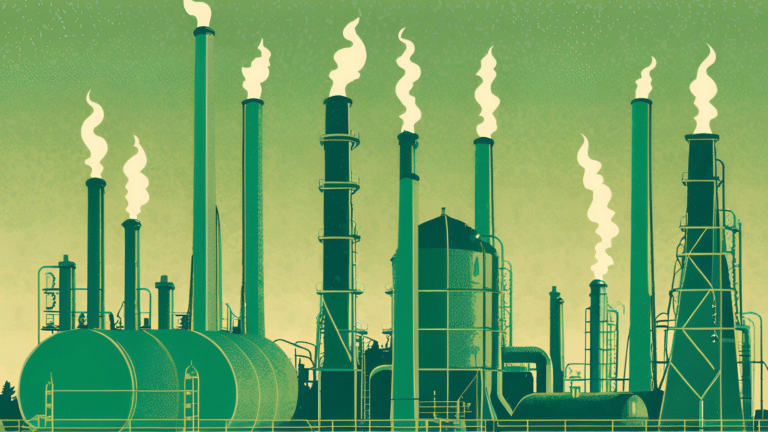
The world has committed to transitioning away from fossil fuels to avoid the most severe threats of climate change.[1] Communities across the United States rely on fossil fuel...
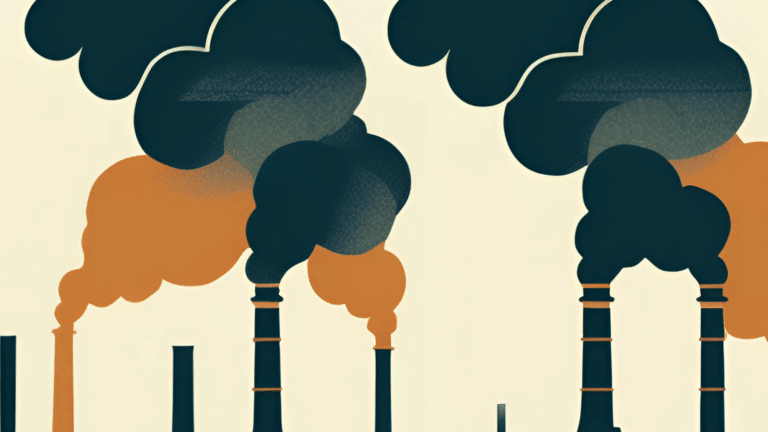
Saudi Arabia is experiencing a significant economic transformation under its Vision 2030 plan to reduce the country’s dependence on oil revenues by diversifying its economy. The Saudi government’s...
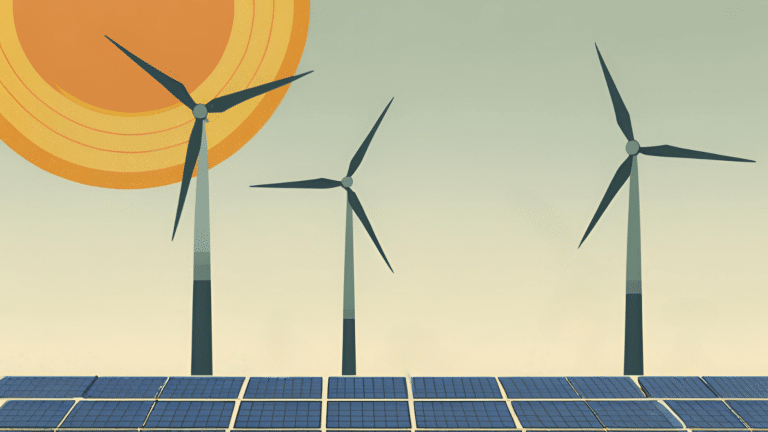
Trump’s abandonment of antibribery efforts will hurt—not help—U.S. companies.

Can U.S. gas exports throw a lifeline to Europe without raising prices at home?
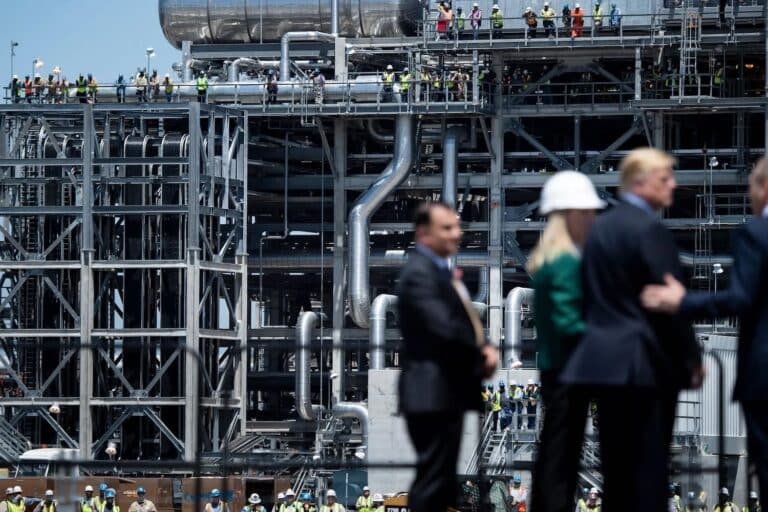
America should give diplomacy a final shot—while preparing to use military force.
